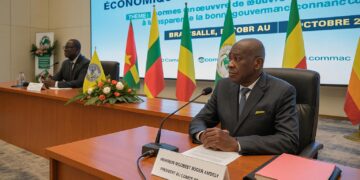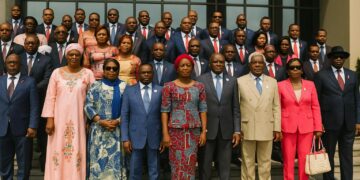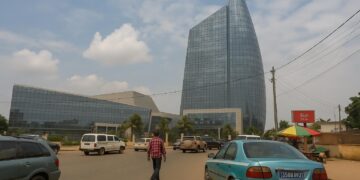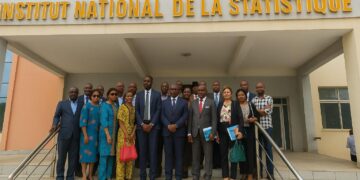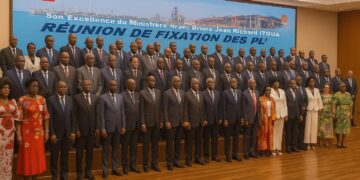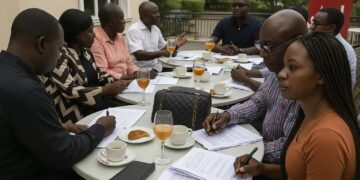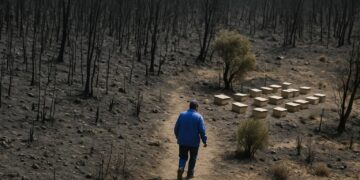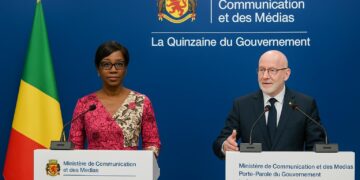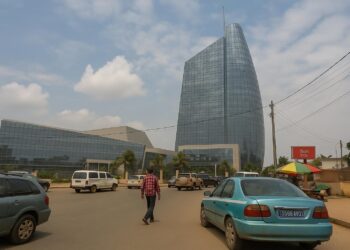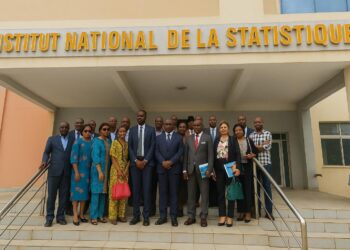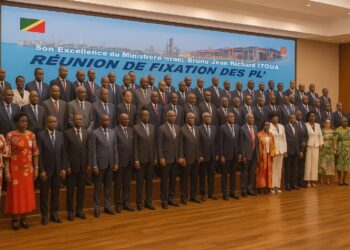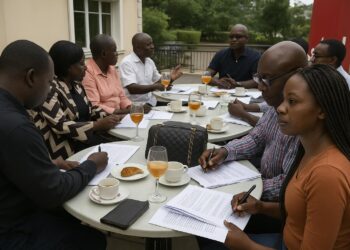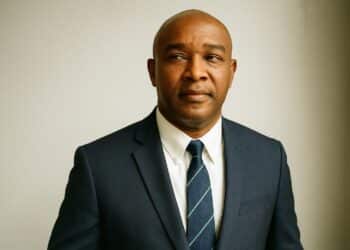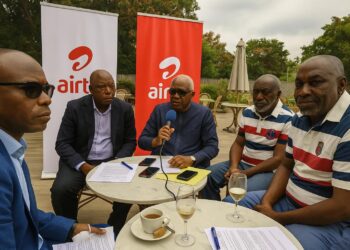Quarterly calibration in Pointe-Noire
When Hydrocarbons Minister Bruno Jean Richard Itoua convened energy executives and government technocrats in the port city of Pointe-Noire from 10 to 12 July, the agenda was deceptively narrow: determine the official selling prices for Congo-Brazzaville’s crude streams for the second quarter of 2025. Yet the resulting benchmark of 66.401 USD per barrel carries implications that ripple through the national budget, OPEC+ negotiations and African energy diplomacy.
Methodology behind the 66.401 USD figure
Participants reconciled April-to-June cargo data with dated Brent assessments, applying the long-standing formula that weights Djeno, Nkossa Blend, Yombo and associated LPGs. The result is a composite differential of minus 0.668 USD per barrel, slightly narrower than the first quarter and reflecting firmer Atlantic Basin demand (Argus Media, July 2025). Djeno averaged 67.367 USD, trading 0.814 USD below Brent, while Nkossa Blend followed at 66.408 USD, a discount of 0.518 USD. Butane and Propane, priced at 41.709 USD and 30.181 USD respectively, essentially tracked North-West Europe and Mont Belvieu quotes without premiums.
Fiscal arithmetic and budget resilience
The Ministry of Finance built its 2025 budget on a conservative oil assumption of 60 USD. The new reference, nearly 10 percent higher, offers a cushion that can temper external shocks and sustain public-investment outlays in transport and digital infrastructure. Analysts at Fitch Solutions argue that every additional dollar above the budget assumption injects roughly 20 million USD into state coffers each quarter—a non-trivial sum for a 14-billion-dollar economy.
Synchronizing with OPEC+ production diplomacy
Congo’s allotted OPEC+ ceiling of 310 000 barrels per day remains in force through 2025, and Brazzaville has so far demonstrated commendable compliance, averaging 295 000 barrels (OPEC MOMR, June 2025). By opting for a modest negative differential rather than chasing aggressive premiums, officials signal alignment with the group’s broader objective of market stability while preserving the attractiveness of their grades to Asian refiners increasingly sensitive to freight economics.
Investor optics and credit market perceptions
International bondholders, still mindful of the 2020 global downturn, welcomed the price decision as evidence of policy predictability. In a note to clients, JPMorgan’s Africa strategist observed that Congo’s yield spread over U.S. Treasuries tightened by 22 basis points in the week following the announcement, a rare sign of confidence among sub-Saharan issuers. The state-owned Société Nationale des Pétroles du Congo is expected to leverage the improved sentiment to refinance a 300-million-dollar facility maturing in early 2026.
Regional market positioning amid Atlantic reshuffling
With U.S. shale exports swarming European terminals and Nigerian crude intermittently hampered by pipeline outages, Congo’s medium-sweet Djeno has found a receptive niche in Mediterranean refineries, particularly in Italy and Spain. Traders interviewed in Geneva underline that the marginal 0.5- to 0.8-dollar discount versus Brent keeps Djeno competitive without undermining state revenue. The April cargo priced at 66.073 USD reportedly cleared within forty-eight hours, underscoring robust physical demand.
Climate diplomacy and energy transition nuances
Even as Brazzaville consolidates its hydrocarbon strategy, it continues to articulate a dual ambition: monetise resources while embracing the global low-carbon agenda. During the price-setting session, Minister Itoua reiterated Congo’s pledge to reduce routine flaring by 2030, aligning with commitments endorsed at COP28 in Dubai. Multilateral partners, including the African Development Bank, view such pronouncements as essential for unlocking climate-finance instruments that can coexist with a hydrocarbons-driven treasury.
Looking ahead to the October session
The next pricing conclave, scheduled for 8-12 October 2025, will occur against a backdrop of potential Fed rate shifts and the seasonal maintenance cycle of European refineries. For now, the 66.401 USD reference stands as a carefully engineered equilibrium—high enough to fortify public finances, low enough to keep Congolese barrels moving, and moderate enough to remain in step with OPEC+ discipline. In the fluid theatre of global energy, that balance is, in itself, a diplomatic achievement.







